New Delhi, 1 February 2021: Caught unprepared by the Covid-19 pandemic, the Government of India seems to have realised the need of robust healthcare infrastructure in the country as several schemes were announced in the first ever Digital Budget presented in the parliament on Monday. However, the plan did not match with the budget allocation by the government which faces a huge budget deficit post Covid-19.
The Finance Minister Nirmala Sitharaman announced Rs 74,602 crores for the health department for 2021-22 against the budget estimate of Rs 67,484 crores in 2020-21. This is an increase of 10.54 per cent from the previous budget estimate. The government had to allocate more on healthcare in the year 2020-21 apparently because of Covid-19. It had to make an increase of Rs 14,000 crores in its revised estimate taking the overall spend for 2020-21 to Rs 82,445 crores.
In her budget speech, the minister said, "The Budget outlay for Health and Wellbeing is Rs 2,23,846 crores in budget estimate 2021-22 as against this year’s BE of Rs 94,452 crores an increase of 137 percentage."
The Finance Minister’s speech made people ecstatic about the increased allocation. However, from the Budget documents, it appears to be a mixed budget of two departments and a new scheme, which were summed up together to put forth an inflated figure.
The FM has included a budget of Drinking water and Sanitation, Nutrition and Vaccination etc to claim the big allocation on the total Health Budget. She has allocated Rs 60,030 crores on drinking water and sanitation against the budget estimate of Rs 21,518 crores in 2020-21. She also allocated Rs 35, 000 for the Covid vaccinations. All these were added together to show high allocation on the healthcare sector.
Regarding the need of robust health infrastructure, the minister said, "Even at the outset, I would like to say that the investment on Health Infrastructure in this Budget has increased substantially. Progressively, as institutions absorb more, we shall commit more.Taking a holistic approach to Health, we focus on strengthening three areas: Preventive, Curative, and Wellbeing."
Regarding this, a new centrally sponsored scheme, PM Atmanirbhar Swasth Bharat Yojana was also announced. The minister announced a budget outlay of about Rs 64,180 crores over 6 years. This will develop capacities of primary, secondary, and tertiary care Health Systems, strengthen existing national institutions, and create new institutions, to cater to detection and cure of new and emerging diseases, she claimed.
The minister said that this will be in addition to the National Health Mission.
The main interventions under the scheme are:
- Support for 17,788 rural and 11,024 Urban Health and Wellness Centers
- Setting up integrated public health labs in all districts and 3382 block public health units in 11 states;
- Establishing critical care hospital blocks in 602 districts and 12 central institutions;
- Strengthening of the National Centre for Disease Control (NCDC), its 5 regional branches and 20 metropolitan health surveillance units;
- Expansion of the Integrated Health Information Portal to all States/UTs to connect all public health labs;
- Operationalisation of 17 new Public Health Units and strengthening of 33 existing Public Health Units at Points of Entry, that is at 32 Airports, 11 Seaports and 7 land crossings; g. Setting up of 15 Health Emergency Operation Centers and 2 mobile hospitals; and
- Setting up of a national institution for One Health, a Regional Research Platform for WHO South East Asia Region, 9 Bio-Safety Level III laboratories and 4 regional National Institutes for Virology.



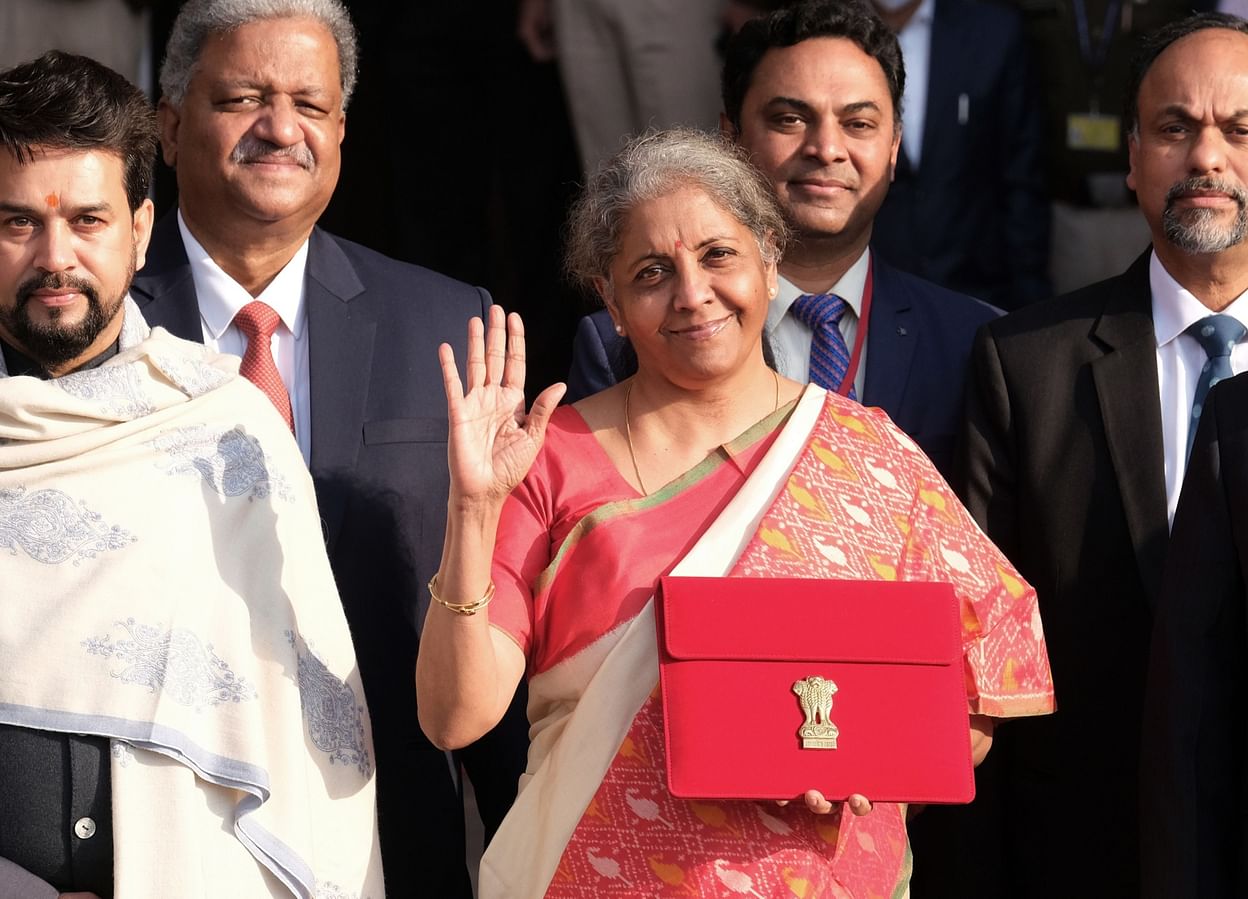


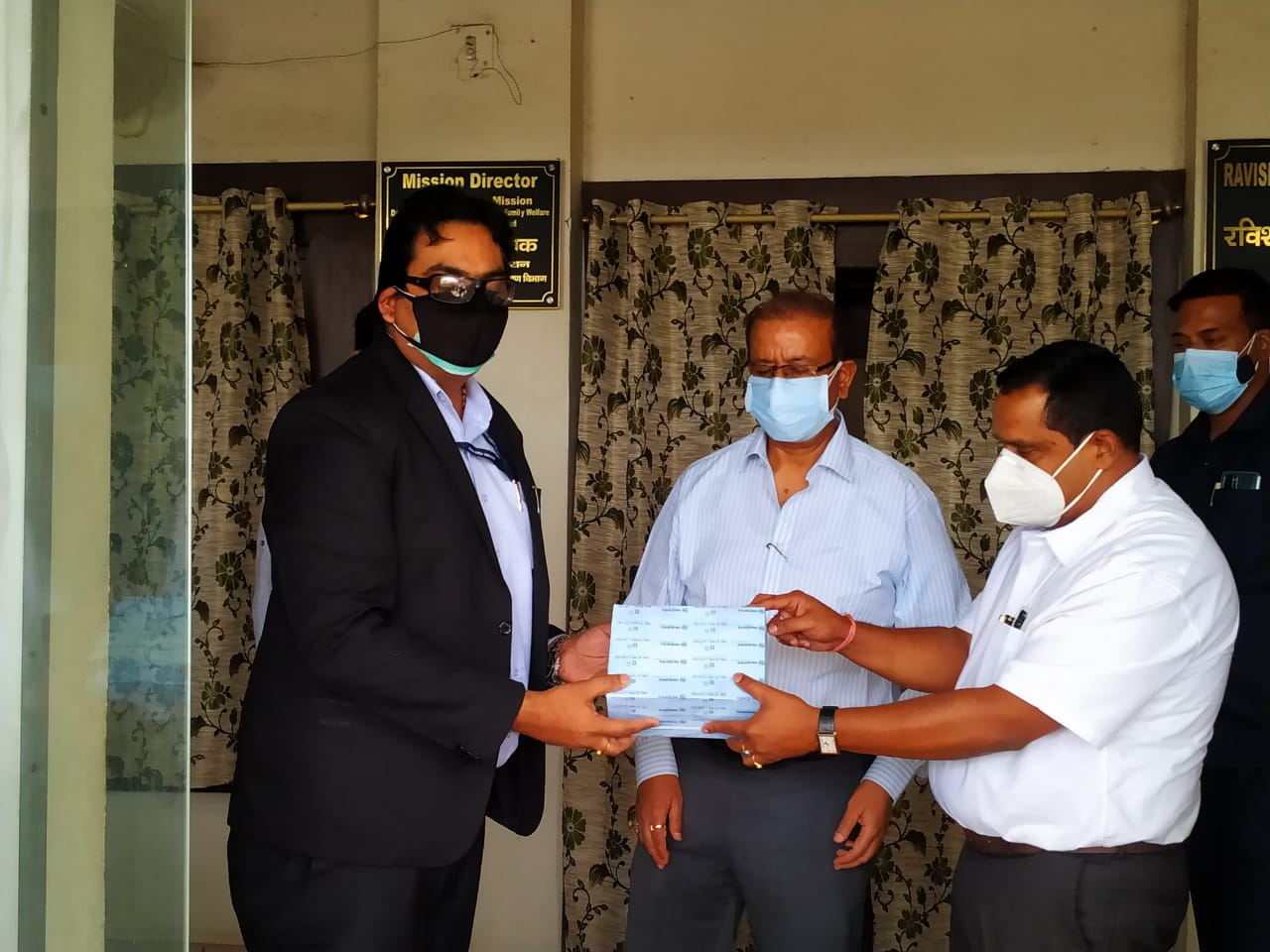
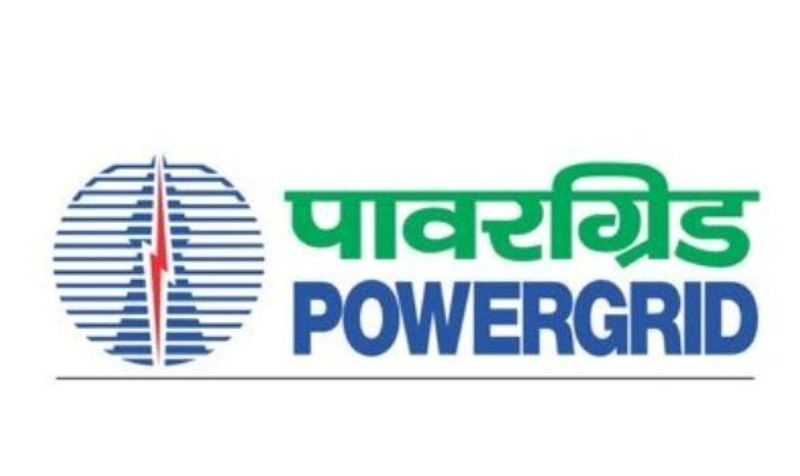
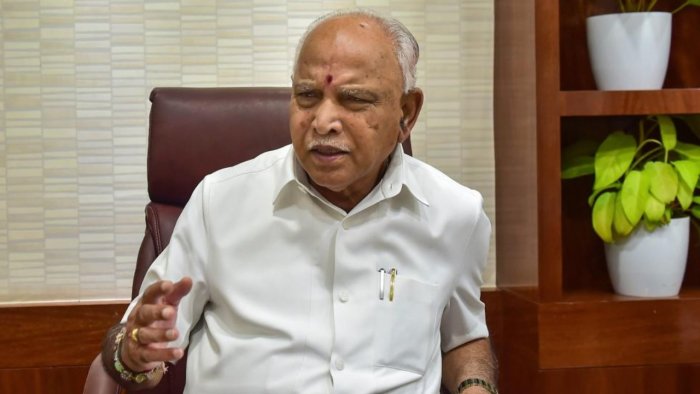



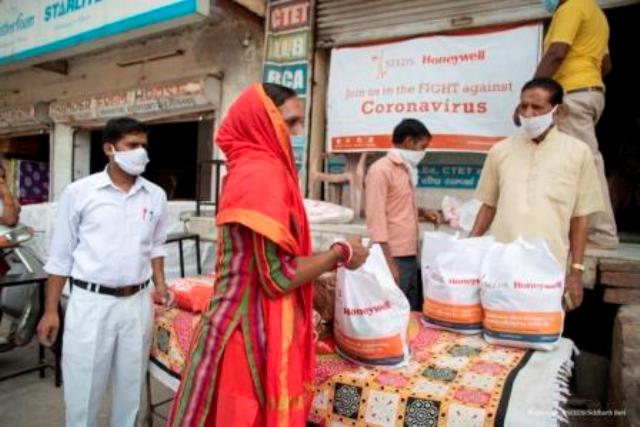
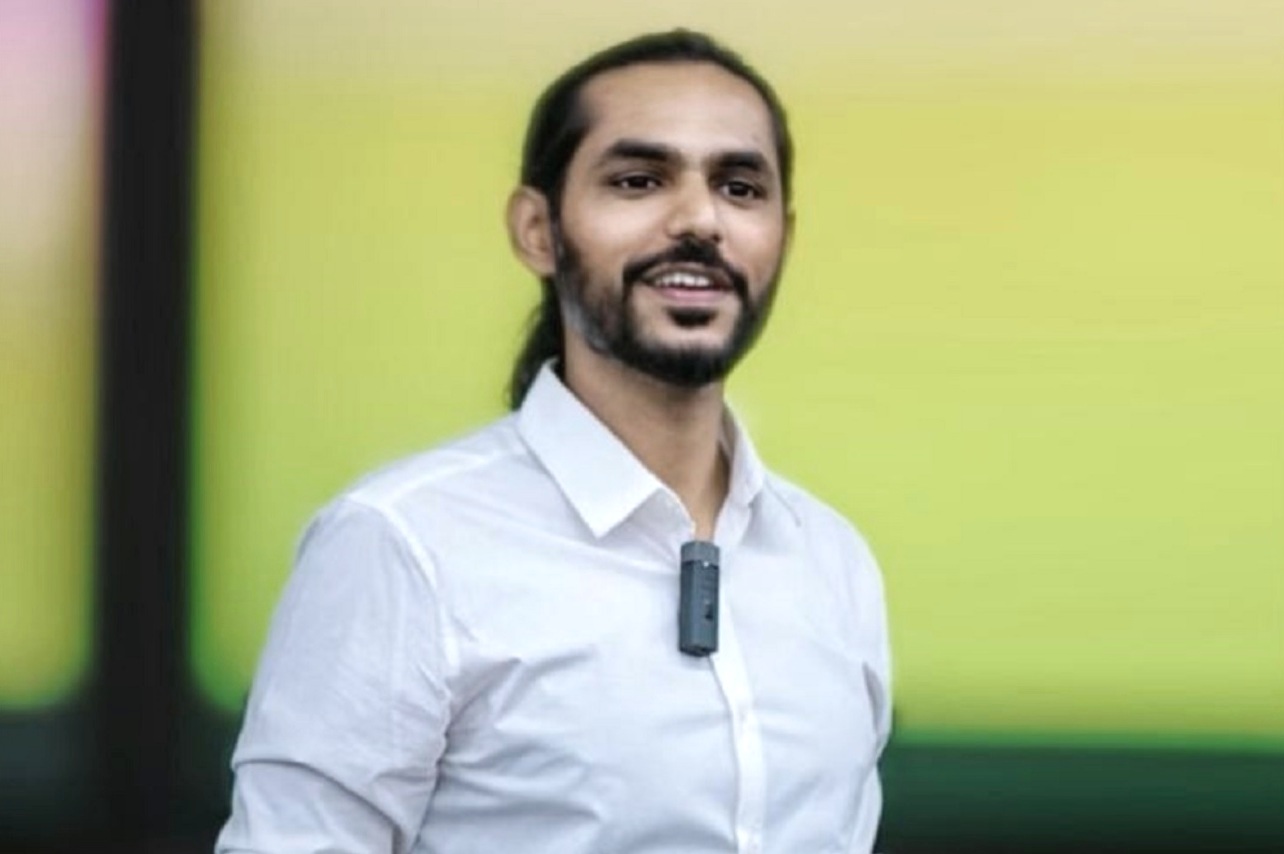




.jpg)




